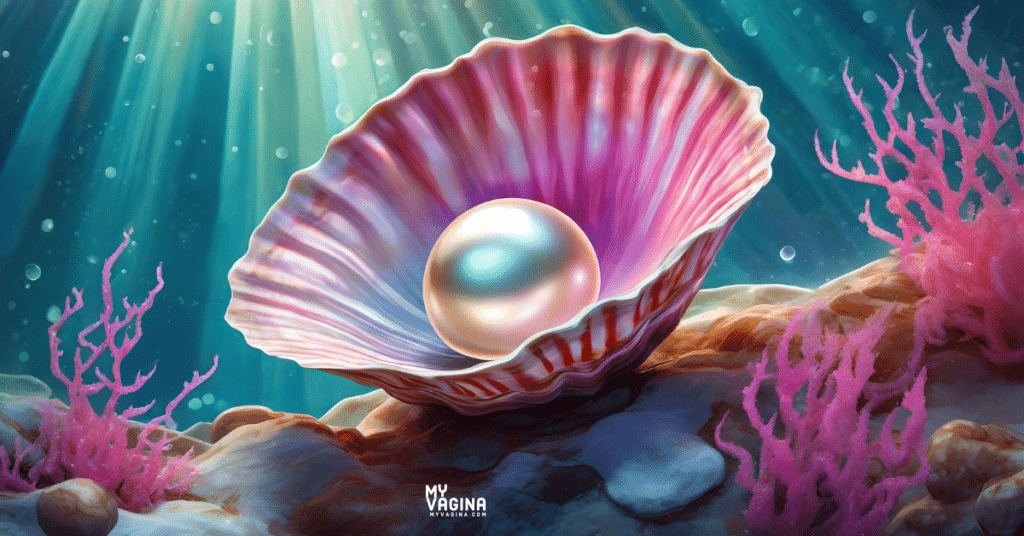Keratin pearls are tiny pieces of keratin surrounded by layers of squamous cells that form a round ‘pearl’. The central piece of keratin – a dead skin cell – is the central point for the cells to collect around, forming a ball.
These tiny little vulval irritants can occur at any age and are related to the production and drainage of smegma and sloughed-off skin cells.
Keratin pearls can be several millimetres in diameter and cause clitoral irritation and hypersensitivity – think of a grain of sand in the eye, and you have the idea1. The result can be intense, unrelenting pain in the clitoral area, and the debris may result in infection.
Keratin pearls are considered a cause of or related to female sexual dysfunction, clitorodynia, labial adhesions and persistent genital arousal disorder (PGAD).
Treatment of clitoral or vulvar keratin pearls
The main treatment for keratin pearls is the removal of the accumulated debris, removing the source of the irritation3. The removal may need to be performed by a vulvovaginal specialist dermatologist or gynaecologist.
Depending on the presentation of the local tissue of the clitoral area, to prevent repeat occurrences, further treatment may be required to open the enclosed area that is trapping the keratin pearls. This type of surgical intervention for keratin pearls or smegmatic pseudocysts is determined by the doctor on a case-by-case basis.
When keratin pearls are associated with clitoral or labial adhesions, oestrogen cream has been used as a non-invasive treatment for the adhesions, which then allows the cells and smegma to be freely washed away during the course of normal bathing.
References
- Krapf J, Kopits I, Holloway J, Starsiak L, Lorenzini S, Goldstein A. (135) Keratin Pearl Excision for Clitorodynia and Female Sexual Dysfunction. The Journal of Sexual Medicine. Published online May 2023. doi:10.1093/jsxmed/qdad060.130 ↩︎
- Rubin R, Minton J, Gagnon C, Winter A, Goldstein I. PD25-02 TAKING RESPONSIBILITY FOR FEMALE PREPUCIAL DISORDERS: UROLOGIC MANAGEMENT OF PHIMOSIS-BASED CLITORODYNIA. Journal of Urology. Published online April 2017. doi:10.1016/j.juro.2017.02.1197 ↩︎
- Krapf JM, Kopits I, Holloway J, Lorenzini S, Mautz T, Goldstein AT. Efficacy of in-office lysis of clitoral adhesions with excision of keratin pearls on clitoral pain and sexual function: a pre-post interventional study. The Journal of Sexual Medicine. Published online March 21, 2024. doi:10.1093/jsxmed/qdae034 ↩︎
The most comprehensive vaginal microbiome test you can take at home, brought to you by world-leading vaginal microbiome scientists at Juno Bio.
Unique, comprehensive BV, AV and 'mystery bad vag' treatment guide, one-of-a-kind system, with effective, innovative treatments.
Promote and support a protective vaginal microbiome with tailored probiotic species.






